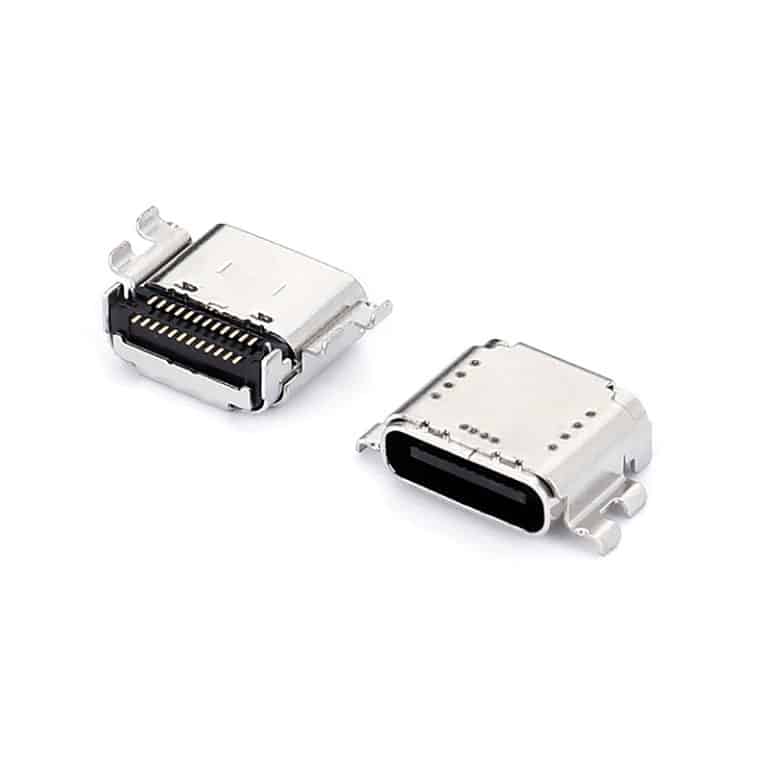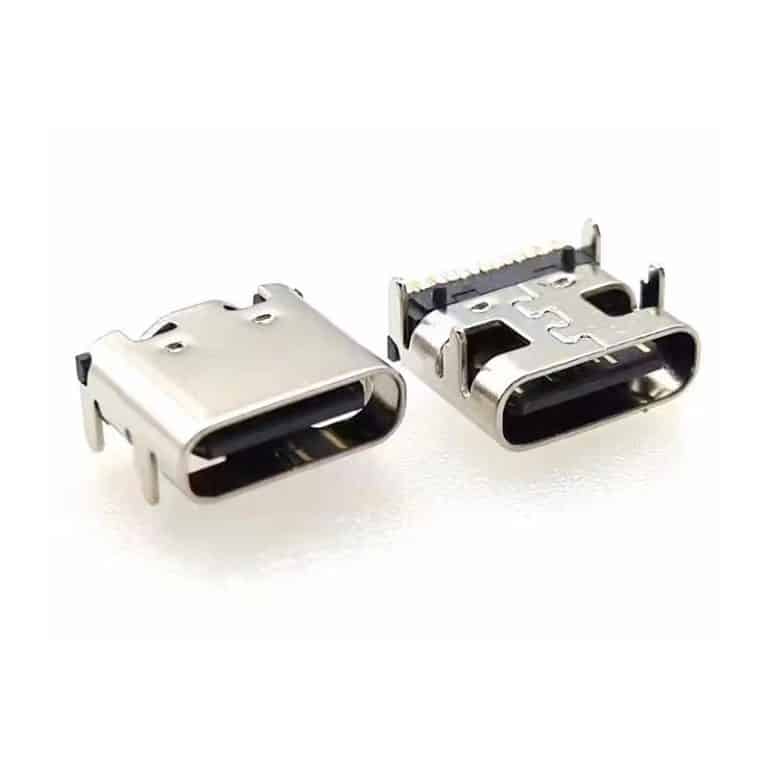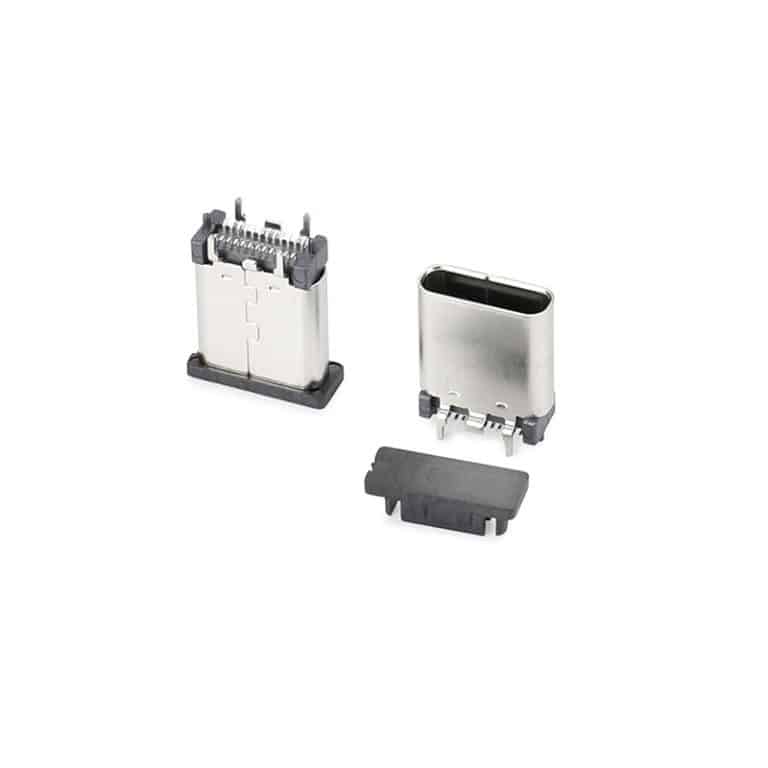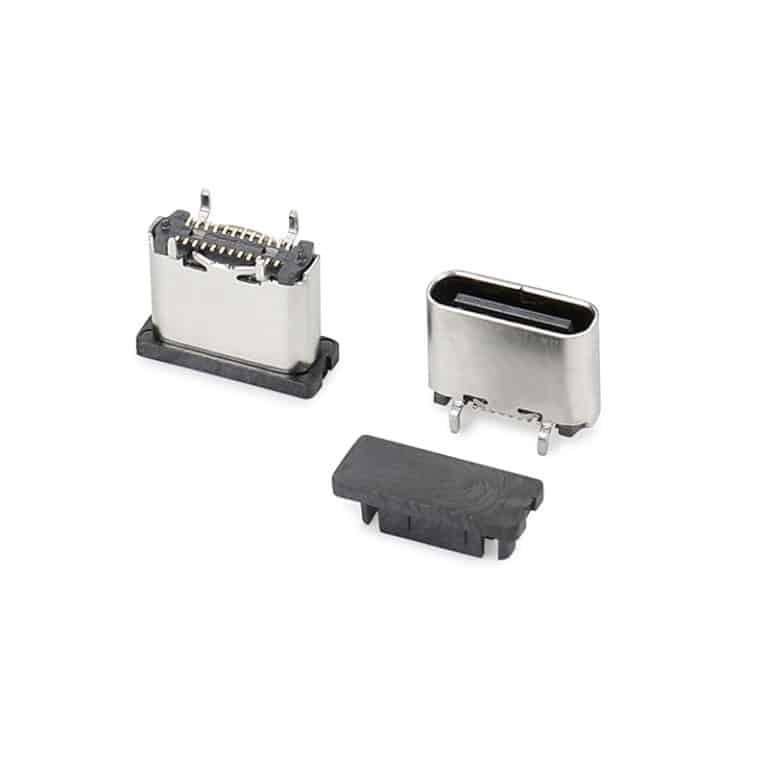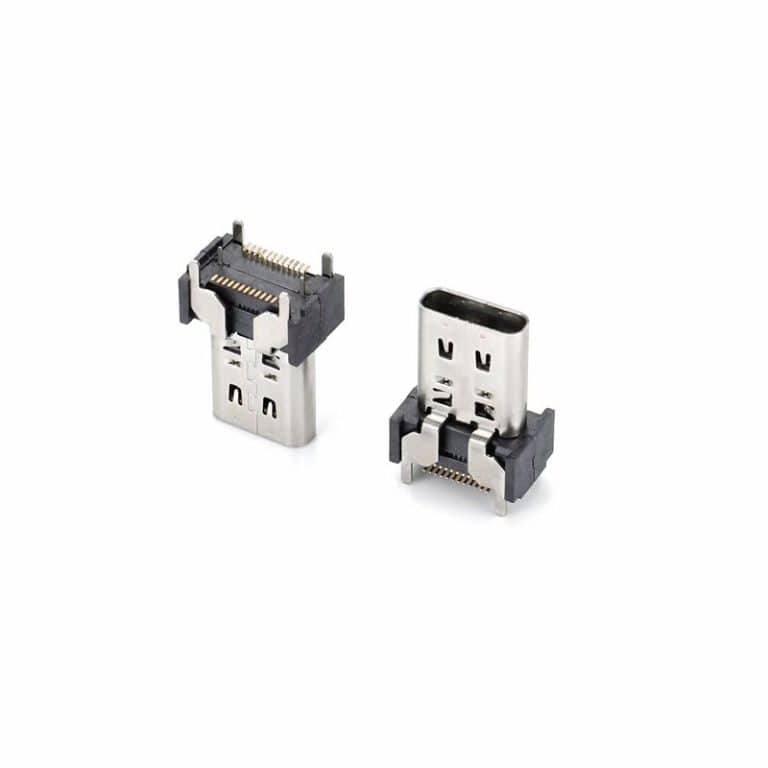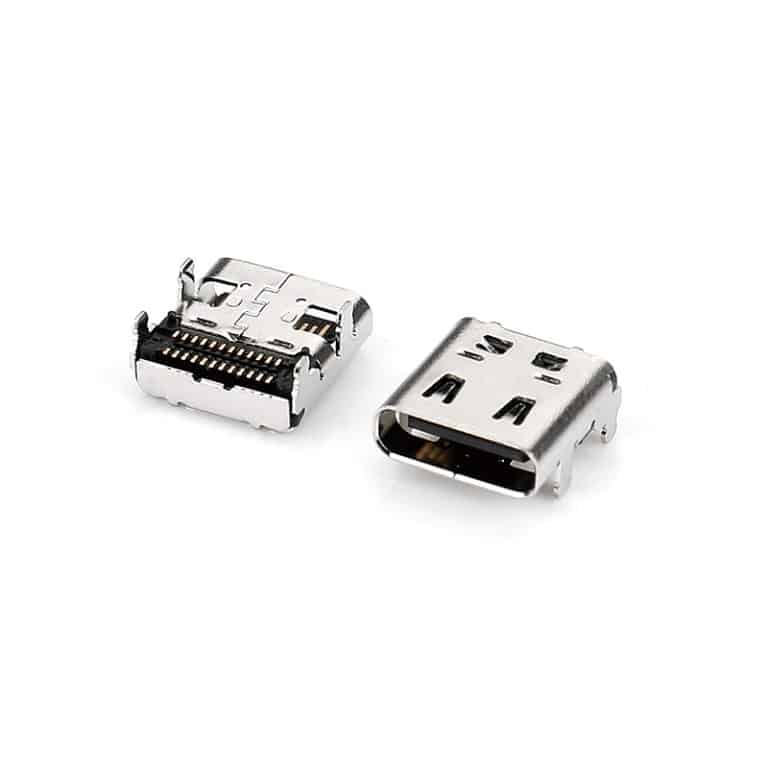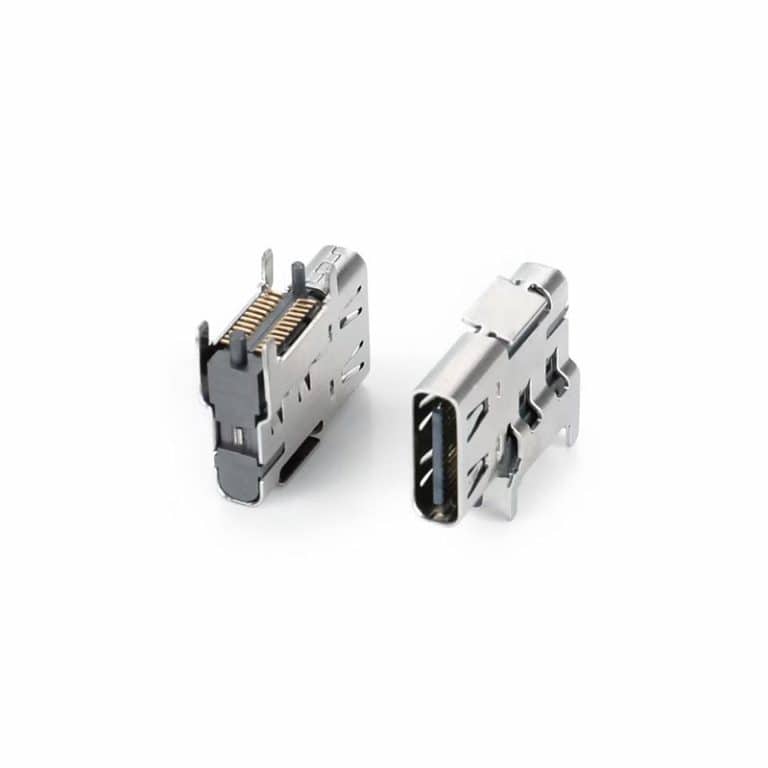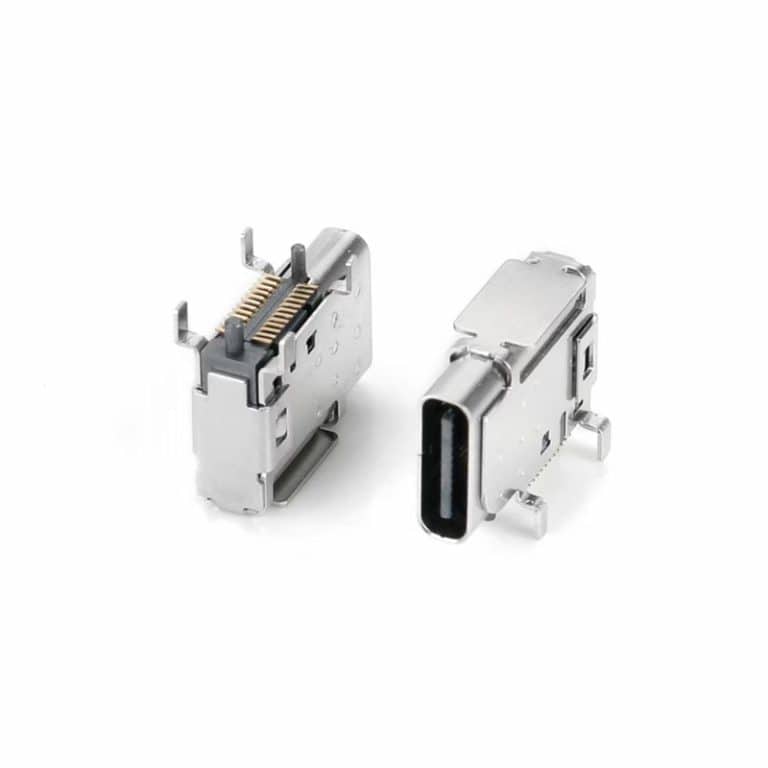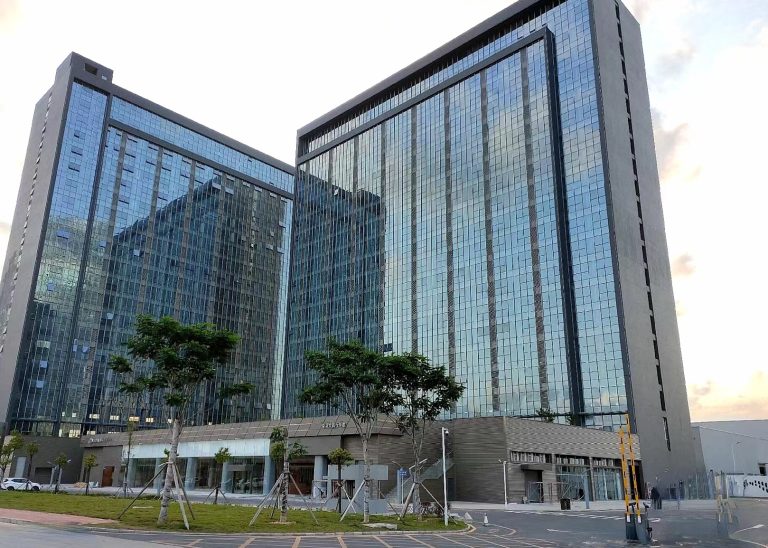vistar electronics
Leader Manufacturer Of Connectors And Switches
- 2000m2 Factory Area
- 1,000,000+ Pieces Monthly Capacity
- TE/Molex/Amphenol Connectivity Alternative
Product Categories
Vistar Electronics specializes in developing and manufacturing electronic connectors and electromechanical switches, including USB type-c connectors , HDMI connectors, DisplayPort connectors, FPC connectors, RJ45 connectors, Audio jack connectors, DC jack connectos and Automotive connectors.
Why Choose Us
We focus on R&D and have over 10 years of manufacturing experience in I/O connectors, wire-to-board connectors, board-to-board connectors, electromechanical switches, cable assemblies, etc.
Professional Team
We have a professional R&D and Technical Team to provide innovative products.
Competitive Pricing
We Offer competitive prices without compromising on quality.
Good Quality
We have a strict quality control system and testing equipment to ensure the quality of all products.
Fast Delivery
We have a wide range of products with fast delivery and provide a one-stop solution.
About Vistar
Shenzhen Vistar Electronics Co., Ltd. was founded in 2020 and is situated in Pingshan District, Shenzhen, and we are committed to providing advanced connectivity solutions to customers worldwide. Our product includes a wide range of switches, connectors, and cable assemblies, such as multi-function tactile switches, slide switches, push switches, detector switches, DC/audio jack, I/O connectors (USB/HDMI/DisplayPort/D-sub/RJ45), FFC/FPC connectors, Pin/female header, wafer, automotive connectors, and cable assemblies……
Industry Applications
Our electronic connectors, electromechanical switches, and cable assemblies can be applied in various industries, including consumer electronics, AI&IT, automotive, Industrial Automation, telecommunications, server, stage, and medical and game equipment, enhancing the functionality and usability of electronic devices.
Stay updated
News for all kinds of electronic connectors, electromechanical switches, and cables, such as USB C connectors, tactile switches, slide switches, push switches, detector switches, DC/AC jacks, phone jacks, RJ45 jack connectors, USB connectors, HDMI/ DisplayPort connectors, FPC connector, automotive connector & cable assembly…

How to Select the Right FPC/FFC Connector: 1 Complete Guide to Pitch, ZIF vs. LIF, and Top/Bottom Contact
In the design of compact electronic devices, the selection of what seems to be a tiny FPC/FFC connector can determine the success or failure of a product. This article provides the ultimate guide, delving into the three core elements: Pitch, Actuator Type, and Contact Structure, to help you avoid design pitfalls, optimize your supply chain, and ensure product reliability and cost-effectiveness. Introduction: Small Connector, Big Impact—Why a Wrong Choice is Costly In today’s world of slim and compact electronics, from smartphone displays to drone camera modules, from laptop touchpads to sensors in portable medical devices, Flexible Printed Circuits (FPC) and Flat Flexible Cables (FFC) have

Application Cases of DisplayPort in VR/AR Devices
The DisplayPort interface plays a crucial role in VR/AR devices due to its high bandwidth and low latency, directly impacting the clarity, smoothness, and immersive nature of the visual experience. Below are some application cases and the underlying technical principles. For a quick overview, here is a table summarizing some major devices: Device Name Type Primary DisplayPort Application Method Core Display Characteristics Primary Application Scenarios HTC VIVE Focus Vision VR Native DisplayPort Mode (requires adapter for direct connection to PC GPU) 5K per eye, 120Hz (120Hz support in DP mode by end of 2024) High-end PCVR Gaming, Enterprise Training, Location-Based Entertainment (LBE) Valve Index VR

VESA Announces DP 2.0: The Dawn of the 8K Display Era
01 Background and Release Not long ago, VESA announced the introduction of the DisplayPort 2.0 (DP 2.0) specification, a milestone event marking an unprecedented leap forward for the DP standard. Compared to the previous DisplayPort 1.4, the new standard offers a staggering increase in bandwidth capability—up to three times that of its predecessor. Some might question the need, as DP 1.4 is sufficient for 4K displays. However, with the emergence of Apple’s new 6K Pro Display XDR and the increasing number of 8K displays entering the market, demand for higher bandwidth has arisen. This is precisely the opportunity that DisplayPort 2.0 is designed to address.

